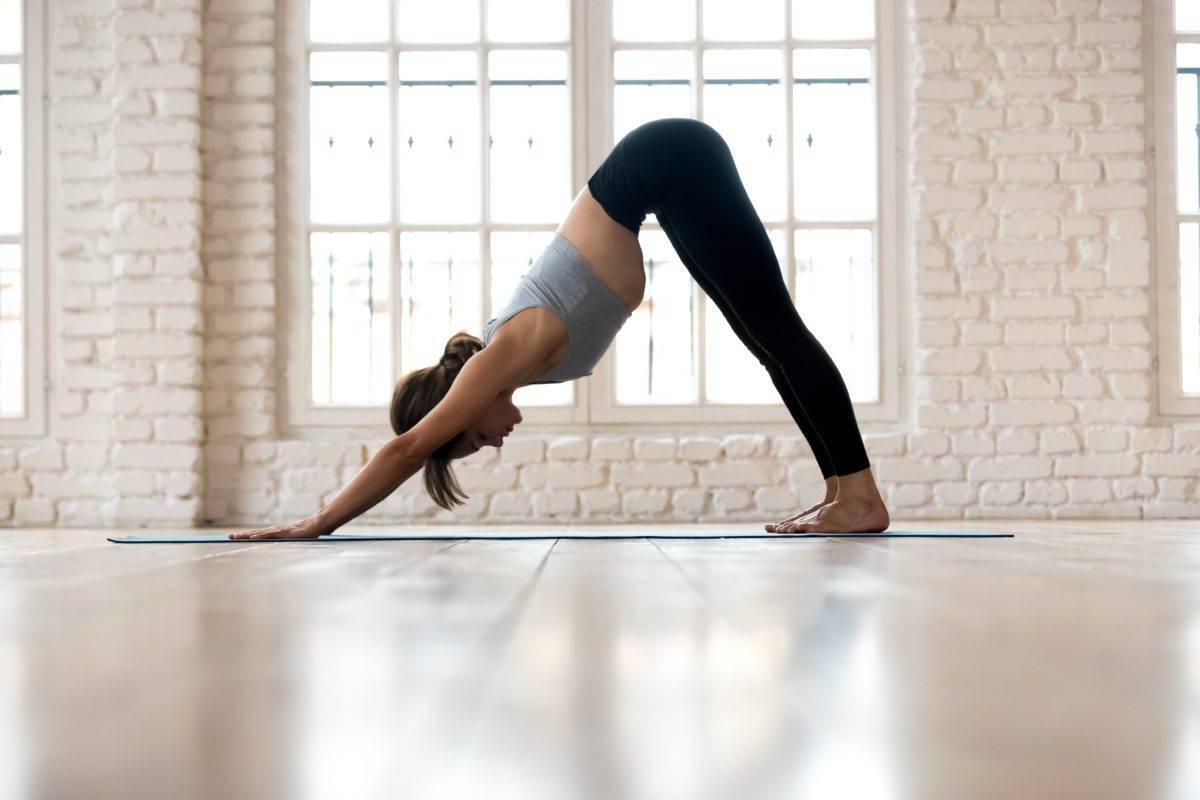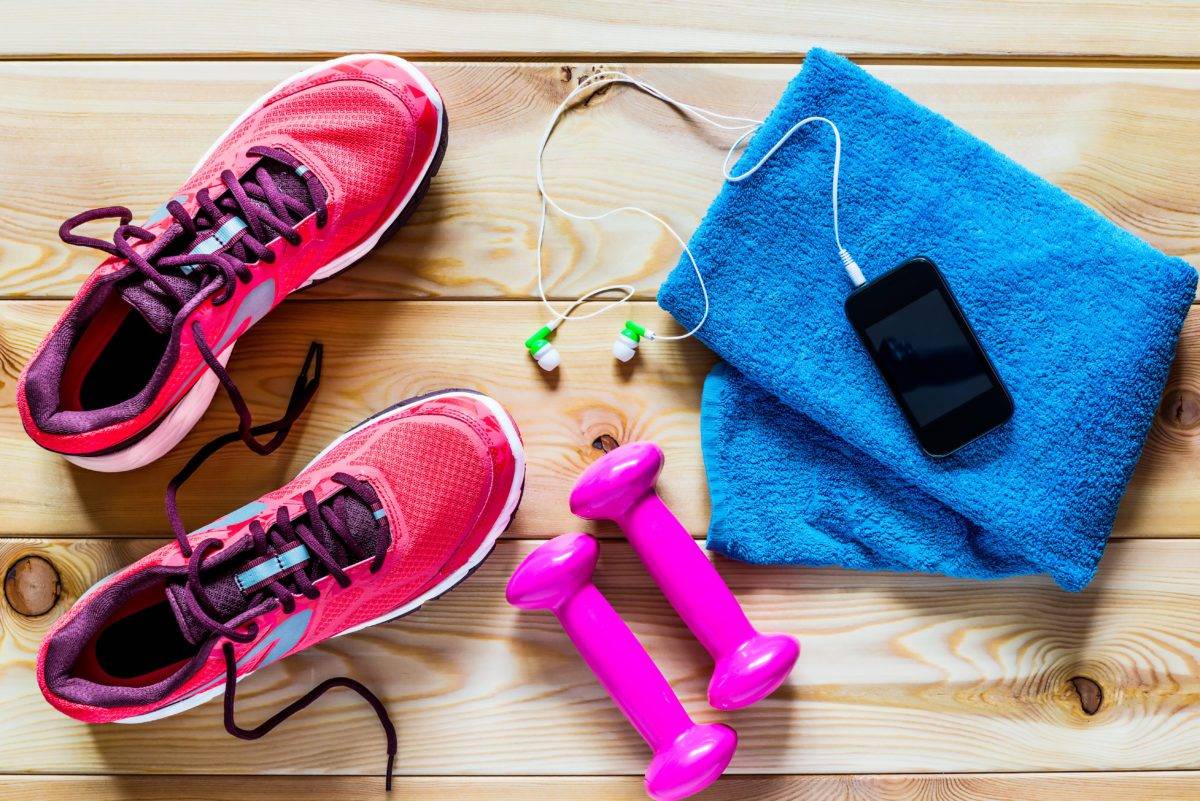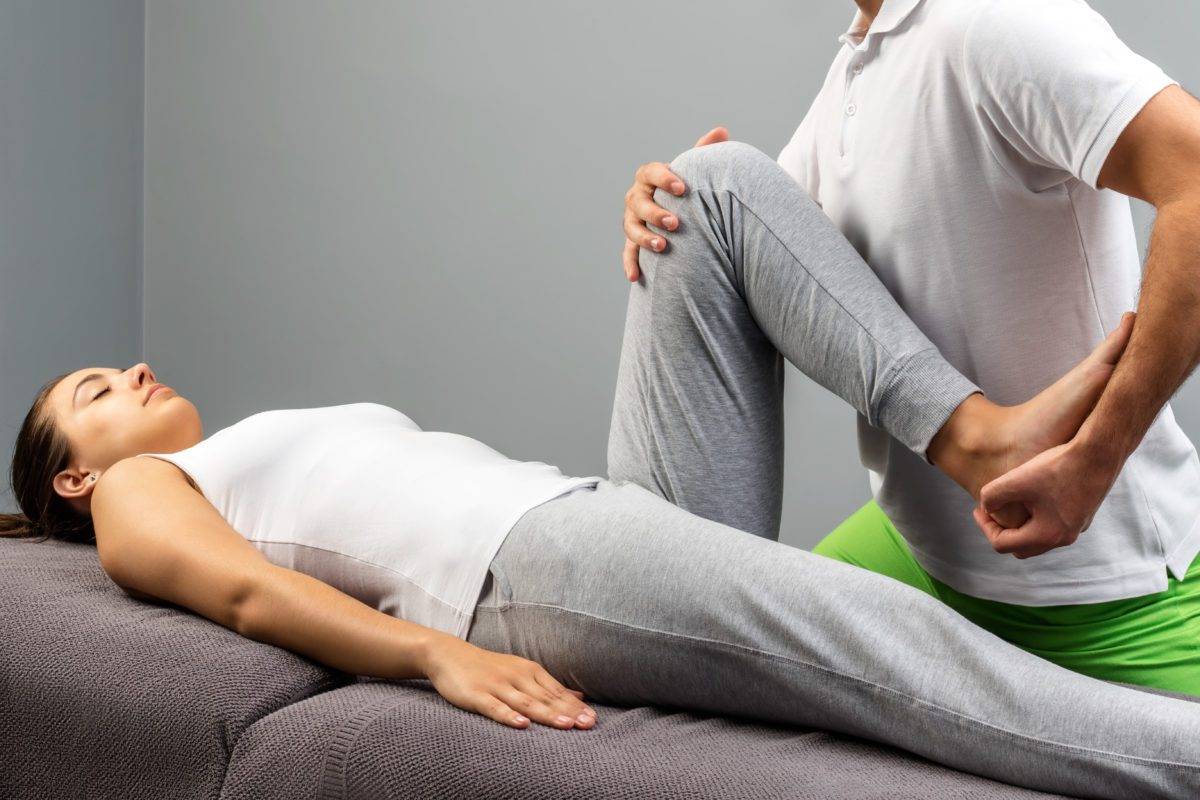By Dr. Lauren Quattrocchi, DC
5 Minute Read

Mobility is defined as the active control of a joint, it is the combination of strength, flexibility and control. Mobility training involves conditioning or priming joints at their end range of motion which then expands the joints workspace and contributes to long lasting changes.
Flexibility is defined as the passive control of a joint and flexibility training or stretching creates temporary changes to the tissues. Flexibility is the muscles ability to passively lengthen. Therefore flexibility is a component of mobility but mobility and flexibility are not interchangeable.

The next question you are probably asking yourself is when do you incorporate mobility training into your schedule. The answer to this is that the more mobility the better but the general rule of thumb is before activity is more useful than after. If you are going to be spending some time strength training or going for a run, you want to maximize the joint range of motion before the activity so that the joint can perform optimally and be loaded in its end range of motion. A good example of this is if you were to perform a back squat. Many people have limited mobility in their mid to upper back which can cause limited extension or a forward shift of the upper body when performing a squat. If you were to work on upper back (thoracic spine) mobility prior to squatting it would help increase the movement (extension) of the upper back and prevent the forward shift in your upper body.

- Train at end range: The goal of mobility is to expand the joints range of motion or better yet “workspace”. The only way to increase this is to load the joint at its end range. The more you load in those ranges, the more your body will begin to deem it a safe zone. It is important to know that when training in new ranges, keep your weight low and progress slow.
- Time-sensitive: the longer you hold a position, the more load that is placed on the tissues and the greater the adaptation. This goes for both mobility and stretching, holding something for 5 seconds will not create a change in the tissues. It is important to take time and be patient when performing mobility exercises and stretches so that adaptations can occur.
- Frequency: as funny as it sounds “if you do not use it you lose it”. The more often that you work on something the better it will be. Mobility training is not a one time thing, you must incorporate it into your schedule just the same as you do for your strength training and stretching.


